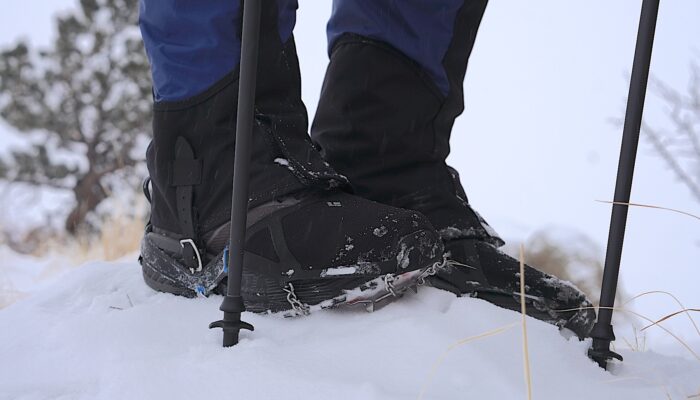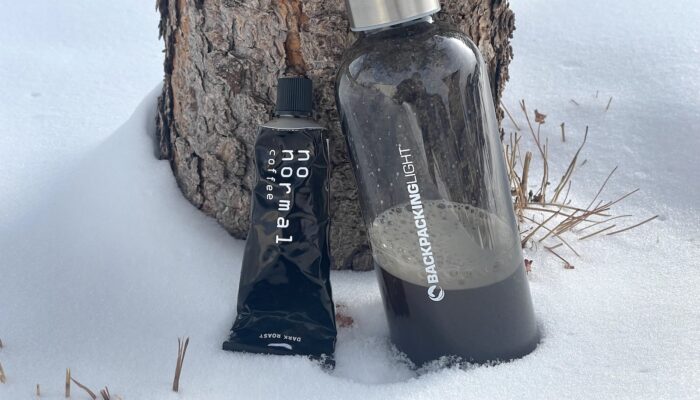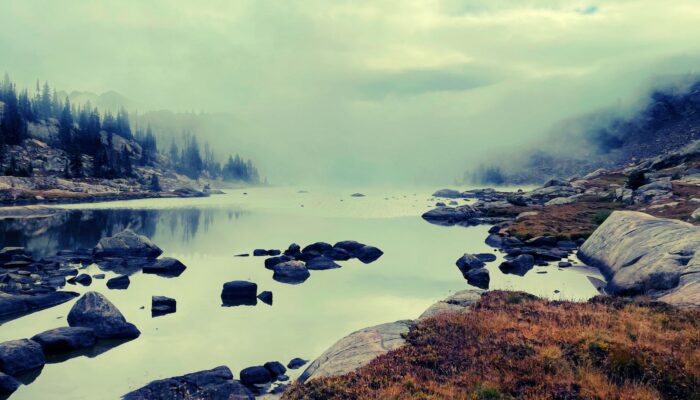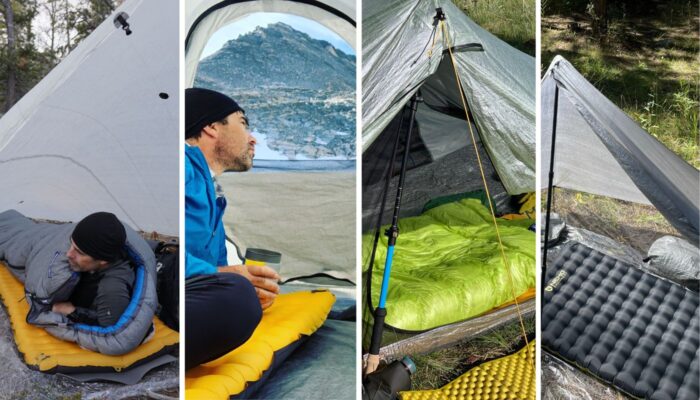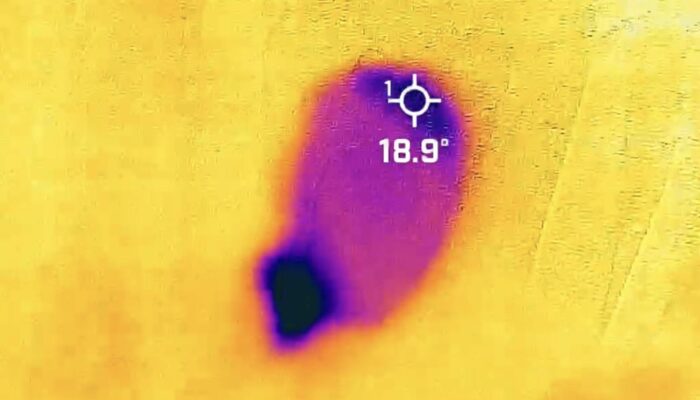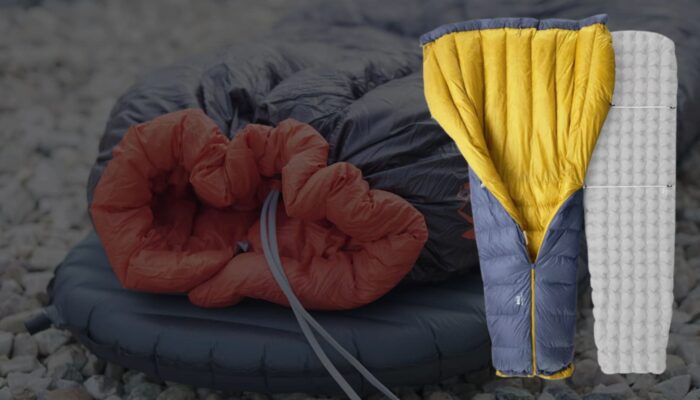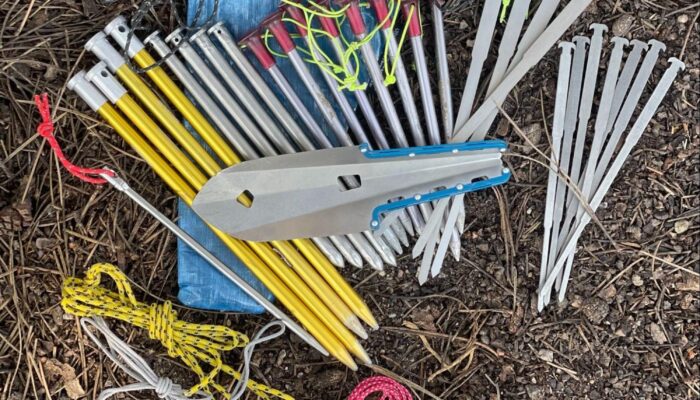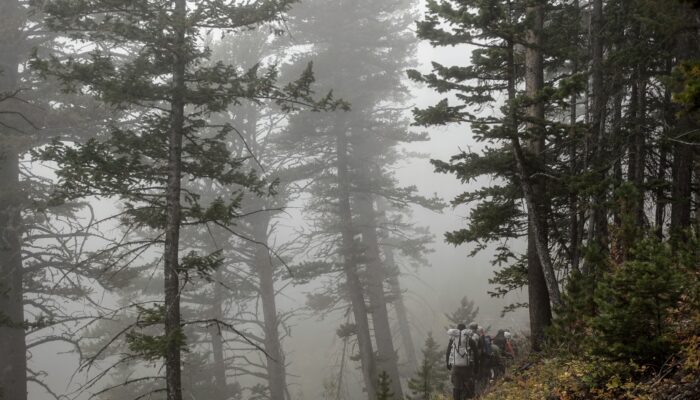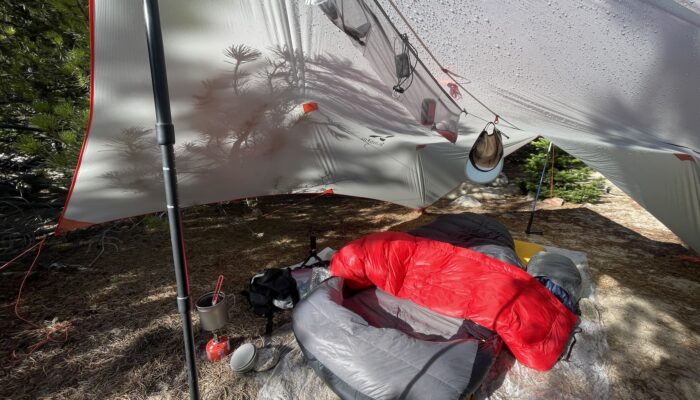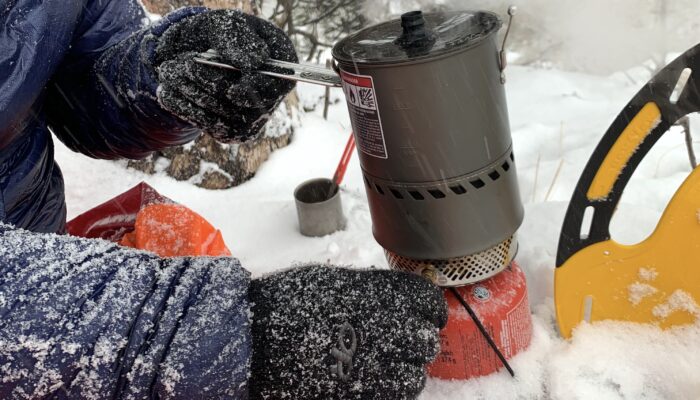Ryan Jordan
Latest
Traction Spikes
An in-depth guide to traction spikes for hiking, backpacking and running in all seasons. Compare models, materials, and performance attributes with insights from field testing to find performant options for different use cases.
No Normal Coffee Paste Review
No Normal Coffee Paste is a compact coffee alternative that requires no brewing. It can be eaten directly from its tube or mixed with water (cold or hot), or spread on or into other food for a quick caffeine boost or coffee flavor injection. It offers a convenient way to consume real coffee without the weight or complexity of traditional brewing methods.
Off the Beaten Path in the Colorado Rockies
Ryan and Chase explore the central Rockies deep off trail surrounded by talus and goats.
LightBench: A Laboratory Testing Procotol for Comparing the Performance of Flashlights and Headlamps
In this technical brief, we quantitatively evaluate the performance of lights considering brightness, battery life, and weight into an objective Lightbench Index.
Inflatable Sleeping Pads: Finding Comfort when Sleeping on the Ground (Updated)
The product category of inflatable sleeping pad is trending towards larger, warmer, and more comfortable pads - with very little weight penalty.
How Fishnet Works (Base Layer Fabric Structures)
This article explores how fishnet base layers offer superior moisture management and comfort for cold-weather backpacking by promoting rapid moisture vapor transport and minimizing condensation.
Ultralight, Ultra-Performance Backcountry Electronics (Revised and Updated)
In this updated gear guide, I'll provide some insight into the backcountry electronics I use, discuss their use cases, and explain why I chose those brands and models.
A Place to Sit: A Perspective on Ultralight Camp Chairs (Updated)
My perspective on camp chairs, and perspectives on how it has changed in the past five years.
REI Magma Trail Quilt 30 Review (Updated)
This REI Magma Trail Quilt 30 review features a high quality, well-insulated quilt that uses water-resistant down and includes an insulated draft collar.
How do tent stakes interact with soils to create holding power?
Tent stake holding power, especially in adverse wind conditions, relies on principles of engineering and physics, including cross-sectional shape, length, soil interaction, and insertion angle.
Why You Should Spend a Few Ounces of Pack Weight on Rainwear Ventilation Features (Updated)
In this article, we make the case for spending some extra weight on rain jackets and rain pants that offer more ventilation features (and durability) than typical ultralight rainwear styles (updated July 2024).
Cyanobacteria and Cyanotoxins in Backcountry Water Sources
In this video presentation, we dive into a critical topic to raise awareness about the increasing problem of cyanobacteria, or blue-green algae, in backcountry water sources.
Backpacking gear attributes: the relationships between weight, cost, durability, versatility, and performance
Ryan discusses the relationships between weight, cost, durability, versatility, and performance in ultralight backpacking gear.
The Dirt Catwalk: Modern Layering Ensembles for Backpackers
In this article, I discuss some of the challenges that an effective layering system needs to address. In addition, I highlight a handful of the layers that I use the most and how I combine them into various ensembles for different use cases.
What Properties Influence the Air Permeability of Wind Shirt Fabrics?
The purpose of this report is to investigate the relationship between air permeability, fabric porosity, weave type, and yarn structure via photomicrography and image analysis. This is not an exhaustive research study, but rather, an exploration of some of the fabric design attributes that have an impact on air permeability rates.
How to Choose Backpacking Gear (Shelter Case Studies)
In this video, we walk through a framework for making decisions about how to select gear based on benefits, features, and design attributes, with a focus on shelter systems.
Navigation and Communication Devices: Strengths, Limitations, and Use Cases
In this video, I will cover various types of navigation and communications devices, their benefits and limitations, and use case scenarios where you might use one or a combination of multiple devices.
Stove Systems for Winter Backpacking
Ryan discusses how you build and utilize your stove system for winter cooking and snow melting to maintain hydration.
Animal Encounters in the Backcountry
Ryan shares some principles about how to manage wildlife encounters, based on his own encounters with wild animals in the backcountry.
Outdoor Research Flurry Sensor Glove Review (Updated)
The Outdoor Research Flurry Sensor Glove (2.5 oz / 71 g, $40) is the warmest glove I've found that I can use effectively with a smartphone.

